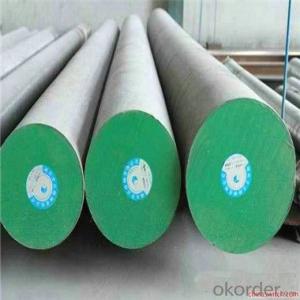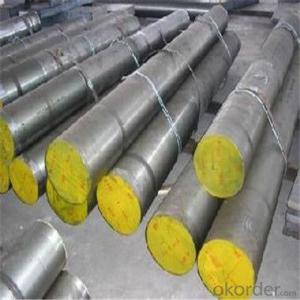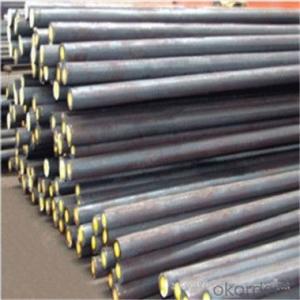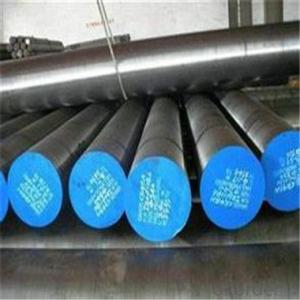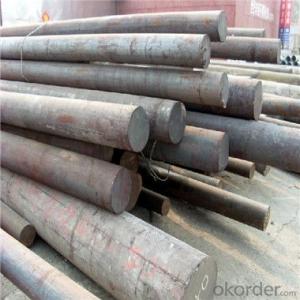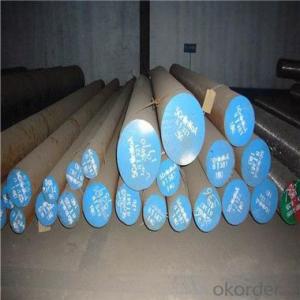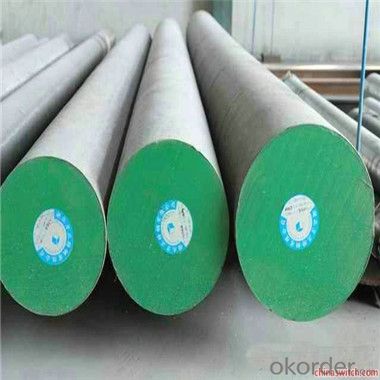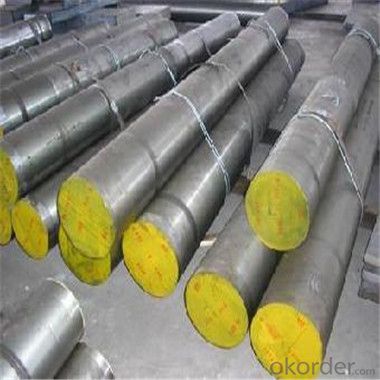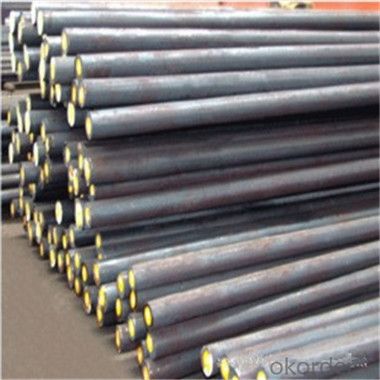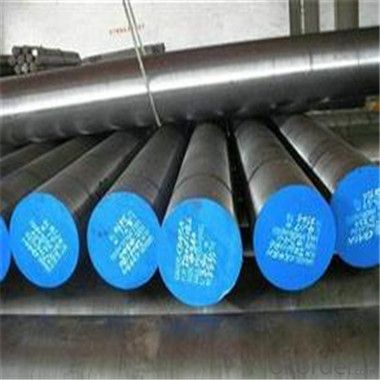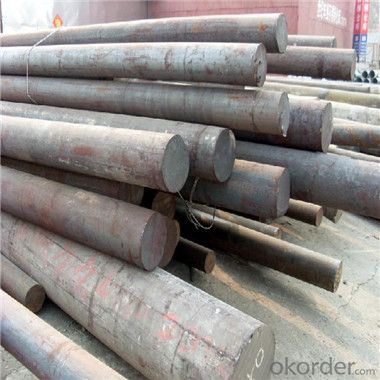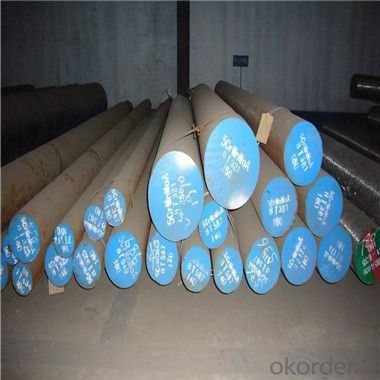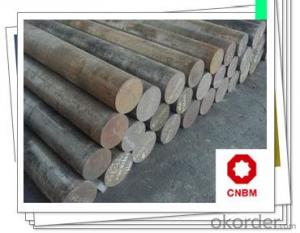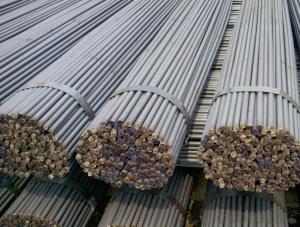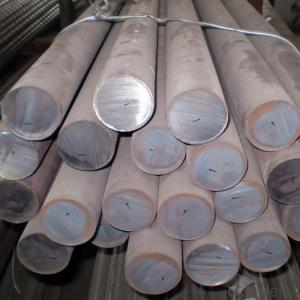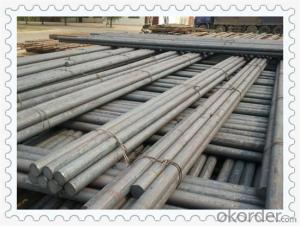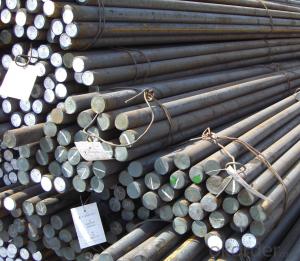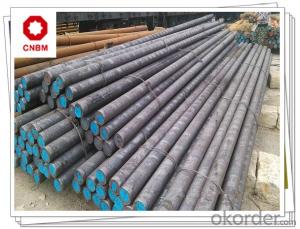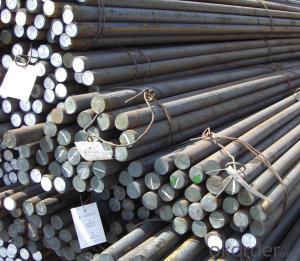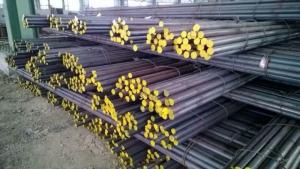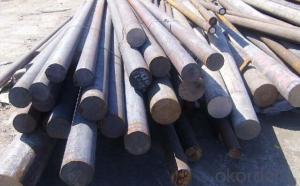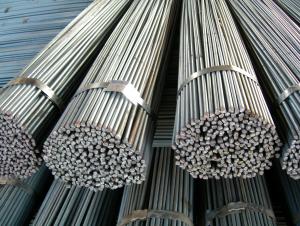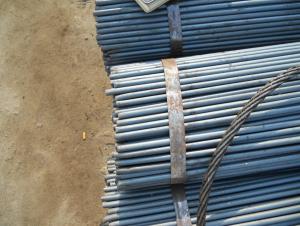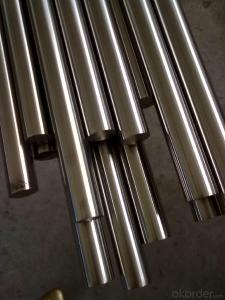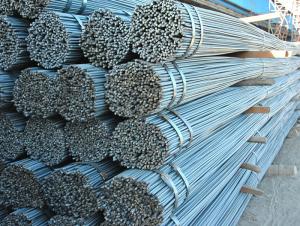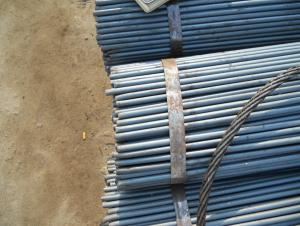Prime Hot Rolled Carbon Steel Round Bar C30
- Loading Port:
- China main port
- Payment Terms:
- TT OR LC
- Min Order Qty:
- 5 m.t.
- Supply Capability:
- 100000 m.t./month
OKorder Service Pledge
OKorder Financial Service
You Might Also Like
Specification
Prime Hot Rolled Carbon Steel Round Bar C30
| Grade | C(%) | Mn(%) | S(%) | P(%) | Si(%) |
| Q235 | ≤0.20 | ≤0.70 | ≤0.045 | ≤0.045 | ≤0.30 |
| Q275 | ≤0.38 | 0.5-0.8 | ≤0.045 | ≤0.045 | ≤0.35 |
| Q345 | ≤0.20 | ≤1.60 | ≤0.045 | ≤0.045 | ≤0.55 |
| SS400 | - | ≤0.05 | ≤0.05 | ||
| S235JR | ≤0.17 | ≤1.40 | ≤0.03 | ≤0.03 |
Product Discription
| Product name | Hot rollde round steel bar |
| Standard | GB/JIS/ASTM/DIN/EN |
| Grade | Q235,Q275,Q345,SS400,SS540,A36,ST37-2,S235JR,S355JR |
| Diameter | 10-80mm |
| MOQ | 10 Metric Ton,also depending on production schedule |
| Delivery Time | 20-40 Days |
| Packing | Standard export packing or as you required |
| Payment term | T/T, L/C |
| Application | construction |
Theoretical Weight (kg/m)
Type | Diameter (mm) | Weight (kg/m) | Available Length | Type | Diameter (mm) | Weight (kg/m) | Available Length |
8Φ | 8 | 0.395 | 6-9m | 38Φ | 38 | 8.900 | 6-9m |
10Φ | 10 | 0.617 | 6-9m | 40Φ | 40 | 9.870 | 6-9m |
12Φ | 12 | 0.888 | 6-9m | 42Φ | 42 | 10.87 | 6-9m |
14Φ | 14 | 1.210 | 6-9m | 45Φ | 45 | 12.48 | 6-9m |
16Φ | 16 | 1.580 | 6-9m | 50Φ | 50 | 15.42 | 6-9m |
18Φ | 18 | 2.000 | 6-9m | 55Φ | 55 | 18.60 | 6-9m |
20Φ | 20 | 2.470 | 6-9m | 60Φ | 60 | 22.20 | 6-9m |
22Φ | 22 | 2.980 | 6-9m | 65Φ | 65 | 26.00 | 6-9m |
24Φ | 24 | 3.550 | 6-9m | 70Φ | 70 | 30.20 | 6-9m |
25Φ | 25 | 3.850 | 6-9m | 75Φ | 75 | 34.70 | 6-9m |
28Φ | 28 | 4.830 | 6-9m | 80Φ | 80 | 39.50 | 6-9m |
30Φ | 30 | 5.550 | 6-9m | 85Φ | 85 | 44.50 | 6-9m |
32Φ | 32 | 6.310 | 6-9m | 90Φ | 90 | 49.90 | 6-9m |
35Φ | 35 | 7.550 | 6-9m |
Products
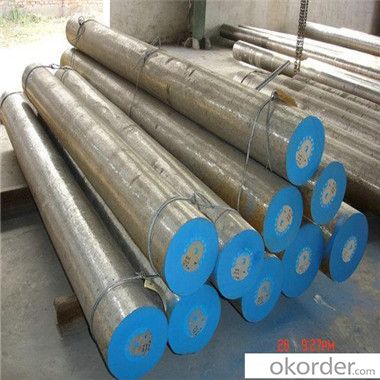
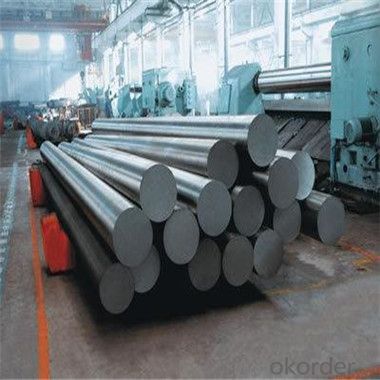
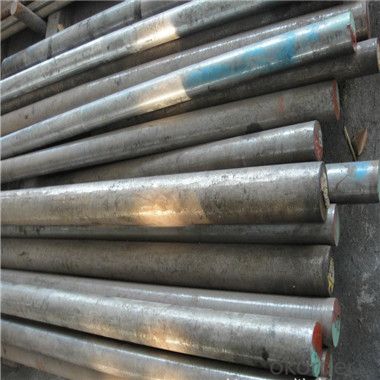
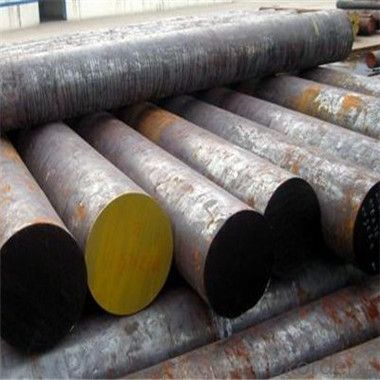
- Q: The two project is to use rebar or rebar?
- It is recommended to use thread steel as far as possible, because the bonding force and holding force of the thread steel is better than that of the round steel, and it is generally known that the tensile pulling force of the round steel is relatively poor.
- Q: How do steel round bars perform in high-pressure applications?
- Highly suitable for high-pressure applications, steel round bars are renowned for their exceptional strength and durability. When exposed to high-pressure conditions, these bars demonstrate outstanding resistance to deformation and uphold their structural integrity. As a result, they can endure intense forces while maintaining their shape, thereby guaranteeing the safety and dependability of the application. Steel round bars find widespread use in high-pressure applications, including hydraulic systems, oil and gas pipelines, aerospace components, and high-pressure vessels. Their robust nature empowers them to withstand the extreme pressures encountered in these scenarios without experiencing failure. The high tensile strength of steel ensures that the bars do not buckle or collapse under pressure, providing the vital support and stability required in demanding environments. Moreover, steel round bars possess superior corrosion resistance properties, a critical characteristic in high-pressure applications. They exhibit exceptional tolerance to harsh chemicals, moisture, and other corrosive elements, preventing rusting or degradation over time. This corrosion resistance guarantees the longevity and dependability of the steel round bars in high-pressure environments, mitigating the risk of premature failure. Additionally, steel round bars offer versatility in terms of grades and alloys, enabling customization to meet specific high-pressure requirements. Various grades of steel, such as carbon steel, alloy steel, or stainless steel, can be employed based on the demands of the application. This versatility ensures that the steel round bars can be tailored to deliver optimal performance and fulfill the precise pressure and temperature prerequisites of the application. In conclusion, the exceptional strength, durability, and corrosion resistance properties of steel round bars make them ideal for high-pressure applications. Their ability to withstand intense forces while maintaining their shape renders them a reliable choice for numerous industries, encompassing hydraulic systems, oil and gas pipelines, aerospace, and high-pressure vessels. By employing steel round bars, companies can ensure the safety, dependability, and longevity of their high-pressure applications.
- Q: What is the tensile strength of Q235 round steel?
- Level 1, surface shape, light circle, strength code R235, grade Q235, carbon content 0.14%-0.22%. Silicon content 0.12%-0.30%. Manganese content 0.30%-0.65%, phosphorus content is equal to less than 0.045%, sulfur content is less than or equal to 0.050%,
- Q: Can steel round bars be used in the renewable energy industry?
- Yes, steel round bars can be used in the renewable energy industry. They are commonly used in the construction of wind turbine towers, solar panel structures, and hydroelectric power systems. Steel round bars offer high strength, durability, and resistance to corrosion, making them suitable for supporting and securing various renewable energy infrastructure components.
- Q: What are the different alloying elements used in steel round bars?
- Steel round bars can be produced using various alloying elements that enhance their properties such as strength, durability, and specific characteristics. Some commonly utilized alloying elements in steel round bars include the following: 1. Carbon: Primarily used, carbon increases the hardness and strength of steel round bars, typically ranging from 0.2% to 2.1% carbon content. 2. Chromium: Added to improve corrosion and oxidation resistance, chromium also enhances hardness, strength, and wear resistance. Stainless steel round bars often contain significant amounts of chromium. 3. Nickel: Commonly found in stainless steel round bars, nickel improves corrosion resistance and mechanical properties, making the steel tougher and stronger. 4. Manganese: Added to enhance hardenability, strength, and wear resistance, manganese also contributes to the steel's ability to withstand impact and shock loading. 5. Molybdenum: Often used to enhance strength, toughness, and corrosion resistance, molybdenum also improves high-temperature strength and creep resistance. 6. Vanadium: Added to improve strength, toughness, and wear resistance, vanadium refines the steel's grain structure, enhancing its mechanical properties. 7. Tungsten: Utilized to increase hardness, strength, and resistance to wear and corrosion, tungsten also improves high-temperature strength and toughness. 8. Silicon: Added to improve strength, hardness, and resistance to oxidation, silicon aids in deoxidizing the steel during manufacturing. 9. Copper: Occasionally used, copper improves corrosion resistance, thermal conductivity, and electrical conductivity in steel. These alloying elements are just a few examples of those that can be used in steel round bars. The specific combination and proportion of these elements depend on the desired properties for the steel and the intended application of the round bars.
- Q: What are the different types of steel used for round bars?
- There are several different types of steel used for round bars, including carbon steel, alloy steel, stainless steel, and tool steel. Each type has its own unique composition and properties, making them suitable for various applications and industries.
- Q: What is the difference between carbon steel and stainless steel round bars?
- The main difference between carbon steel and stainless steel round bars lies in their composition. Carbon steel round bars are primarily made of iron and carbon, while stainless steel round bars contain iron, carbon, and at least 10.5% chromium. This chromium content in stainless steel gives it its characteristic resistance to corrosion and staining, making it suitable for various applications in industries such as construction, automotive, and food processing. On the other hand, carbon steel round bars are generally stronger and more durable but lack the corrosion resistance of stainless steel.
- Q: Are steel round bars available in different lengths?
- Yes, steel round bars are available in different lengths.
- Q: 45# what are the main rounds for?
- 45# round steel refers to the cross section of round solid steel. The specifications are expressed in millimeters of diameter, such as "50", which means a round bar of 50 millimeters in diameter
- Q: The difference between galvanized round bar and galvanized flat steel
- Galvanized round steel refers to the cross section of round solid steel. The specifications are expressed in millimeters of diameter, such as 50, which means a round bar of 50 millimeters in diameter. Round steel is not the same as other steel bars. Round steel is round in shape and has no ribs and no ribs, which makes the bonding strength between round bar and concrete very small.
Send your message to us
Prime Hot Rolled Carbon Steel Round Bar C30
- Loading Port:
- China main port
- Payment Terms:
- TT OR LC
- Min Order Qty:
- 5 m.t.
- Supply Capability:
- 100000 m.t./month
OKorder Service Pledge
OKorder Financial Service
Similar products
Hot products
Hot Searches
Related keywords
